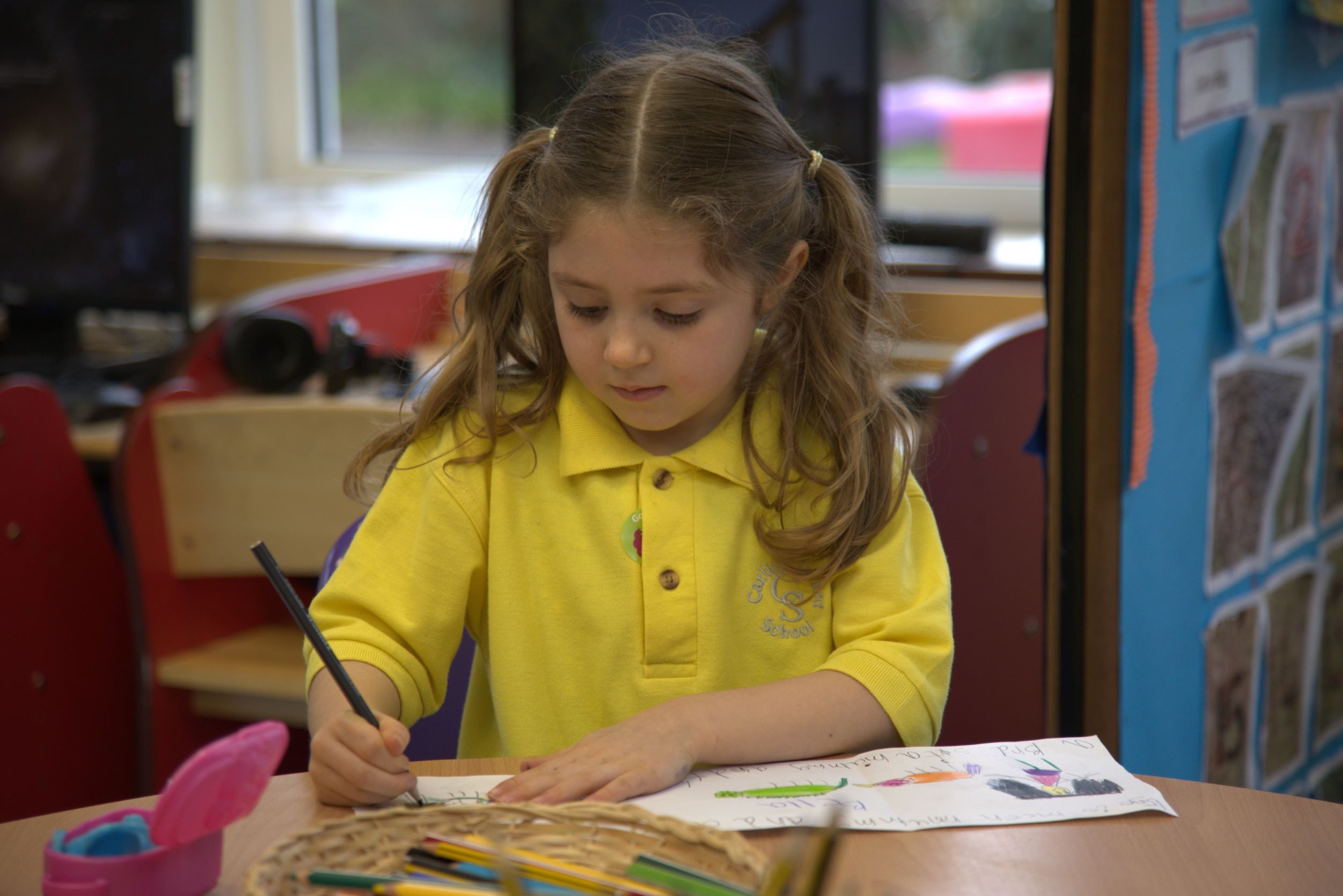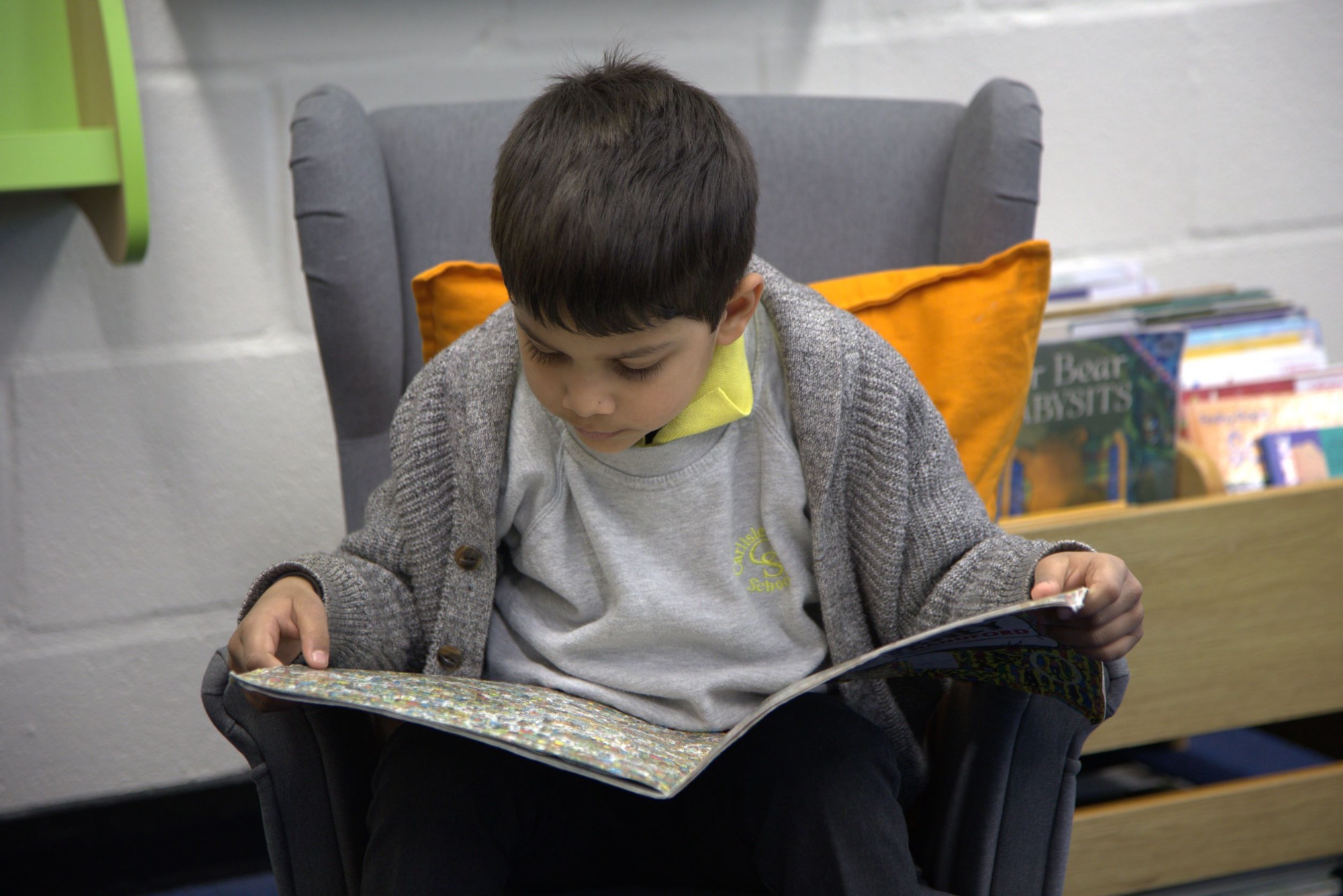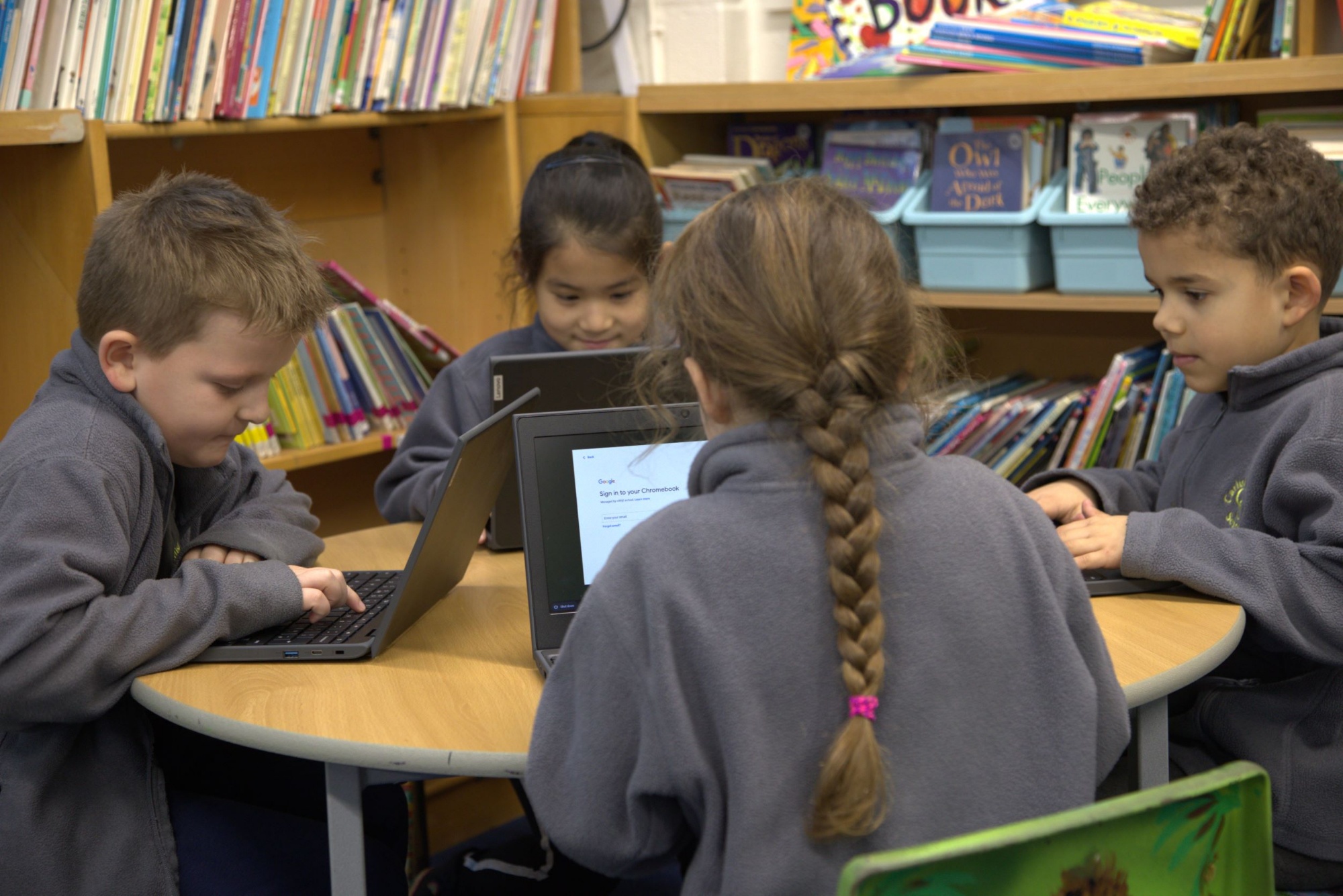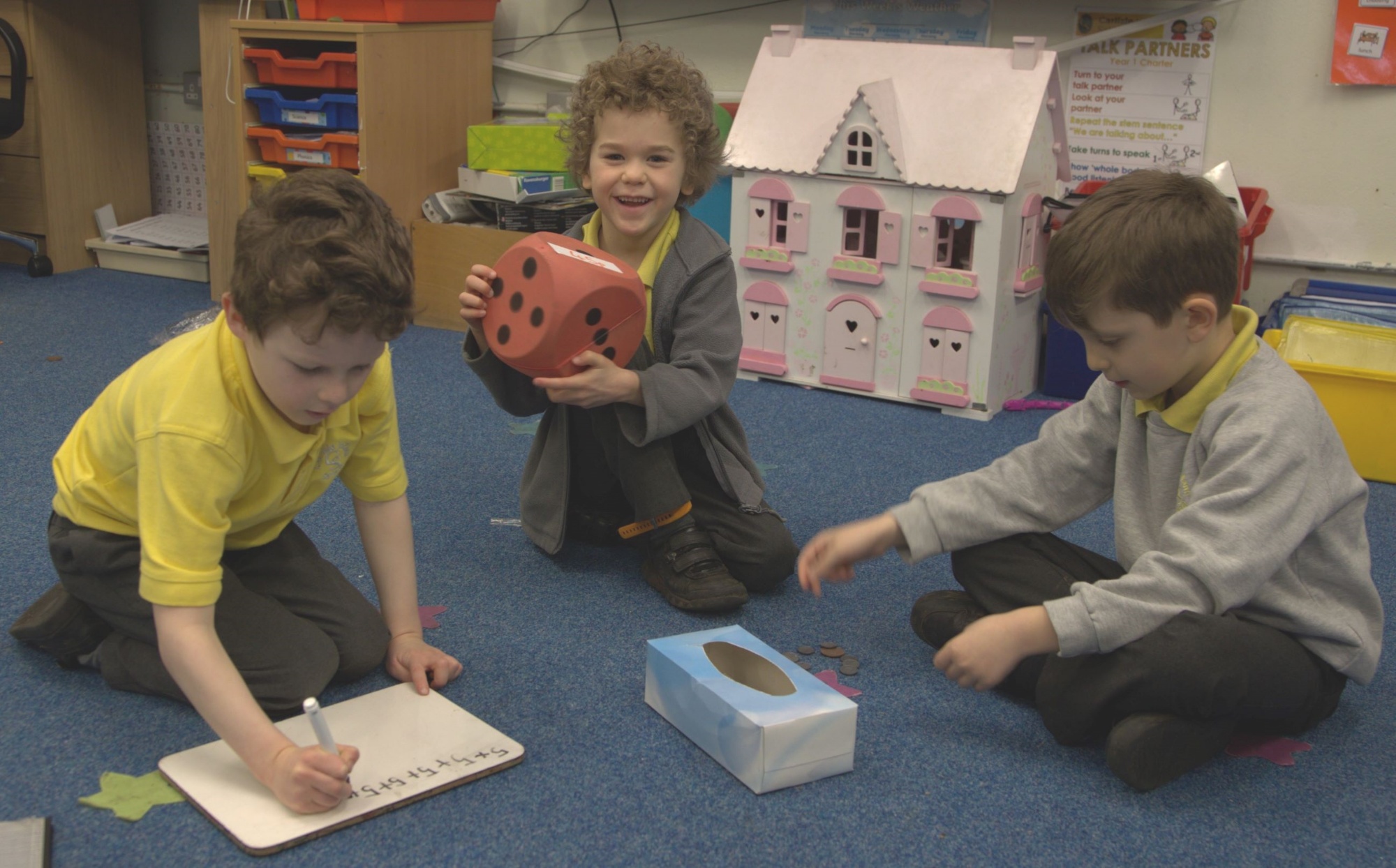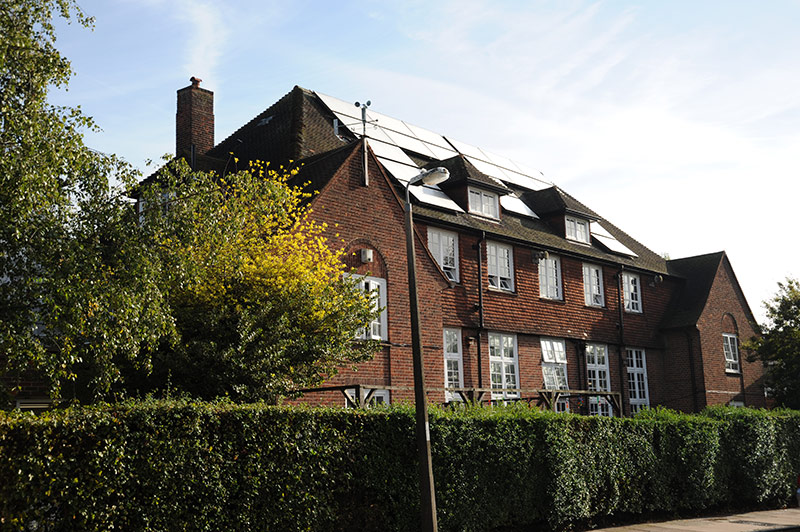Maths
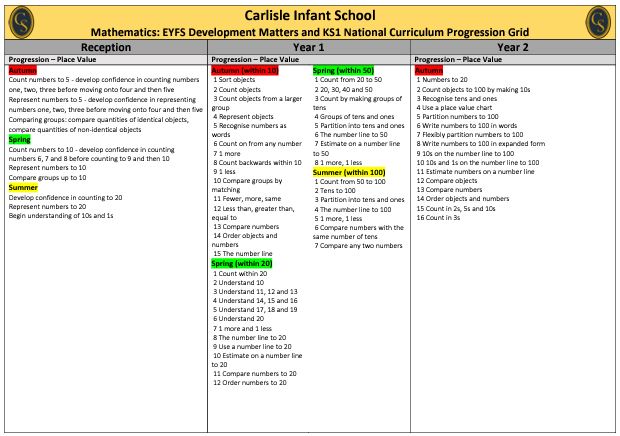
At Carlisle Infant School, our budding mathematicians are taught using a structured approach where we introduce new concepts using small, progressive steps to ensure that all pupils are able to build on their prior knowledge. To support the teaching of maths we use the White Rose Maths Scheme of Learning, using the key ideas from maths mastery. We encourage the children to use talk as a tool for discussing and solving problems and we model using accurate mathematical vocabulary. Use of mathematical vocabulary is high profile at our school as using the correct mathematical language is crucial for thinking, learning and communicating mathematically.
We support all of our children’s learning by providing them with real-life mathematical experiences, good quality manipulatives and reasoning tasks to ensure all learners are challenged. We exploit the use of our outdoor spaces to ensure that various mathematical concepts are taught both practically and that children recognise that maths is all around us and part of our everyday lives. We use concrete resources to help the children visualise and solve the problem, we encourage the children to draw pictures to solve the problem including jottings. This allows the children to be confident before finally representing the problem using a calculation.
To support the learning of maths at home, all children in KS1 have access to Mathletics and are provided with activities to embed and further practise learning that is taking place in school.
In order to offer a well sequenced and progressive curriculum throughout their primary years, both Carlisle Infant School and Hampton Hill Junior School follow White Rose Maths to support the delivery of high-quality maths learning, empowering all children to be confident and competent mathematicians.
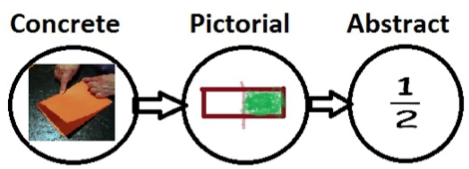
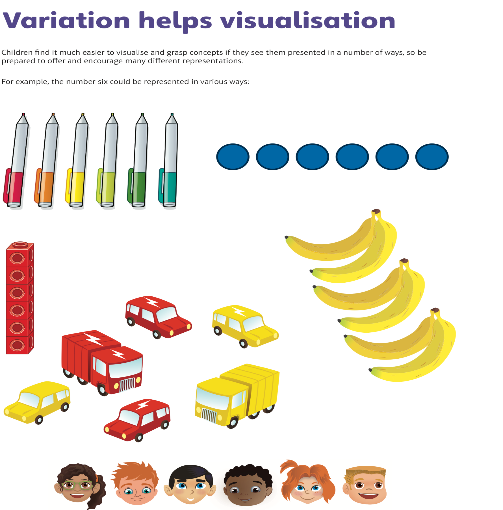
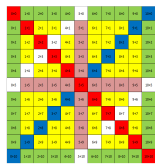
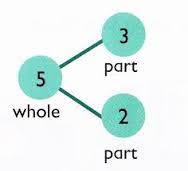

Information for parents
Activities for Home Learning
- EYFS Maths All About Number 0
- EYFS Maths All About Number 1
- EYFS Maths All About Number 2
- EYFS Maths All About Number 3
- EYFS Maths All About Number 4
- EYFS Maths All About Number 5
- EYFS Maths All About Number 6
- EYFS Maths All About Number 7
- EYFS Maths All About Number 8
- EYFS Maths All About Number 9
- EYFS Maths All About Number 10
- Addition Word Problems Challenge Cards
- Dice Addition Game
- Recognising numerals 10-20
- Snakes and Ladders Game
- Subtraction Word Problems Challenge Cards
- Talking About Shape for Year Reception
Resources
- Blank Hundred Square
- Hundred Square
- Number Line to 20 with Numicon Shapes
- Place Value Arrow Cards
- Blank five frame
- Blank ten frame
- Part - Part - Whole

